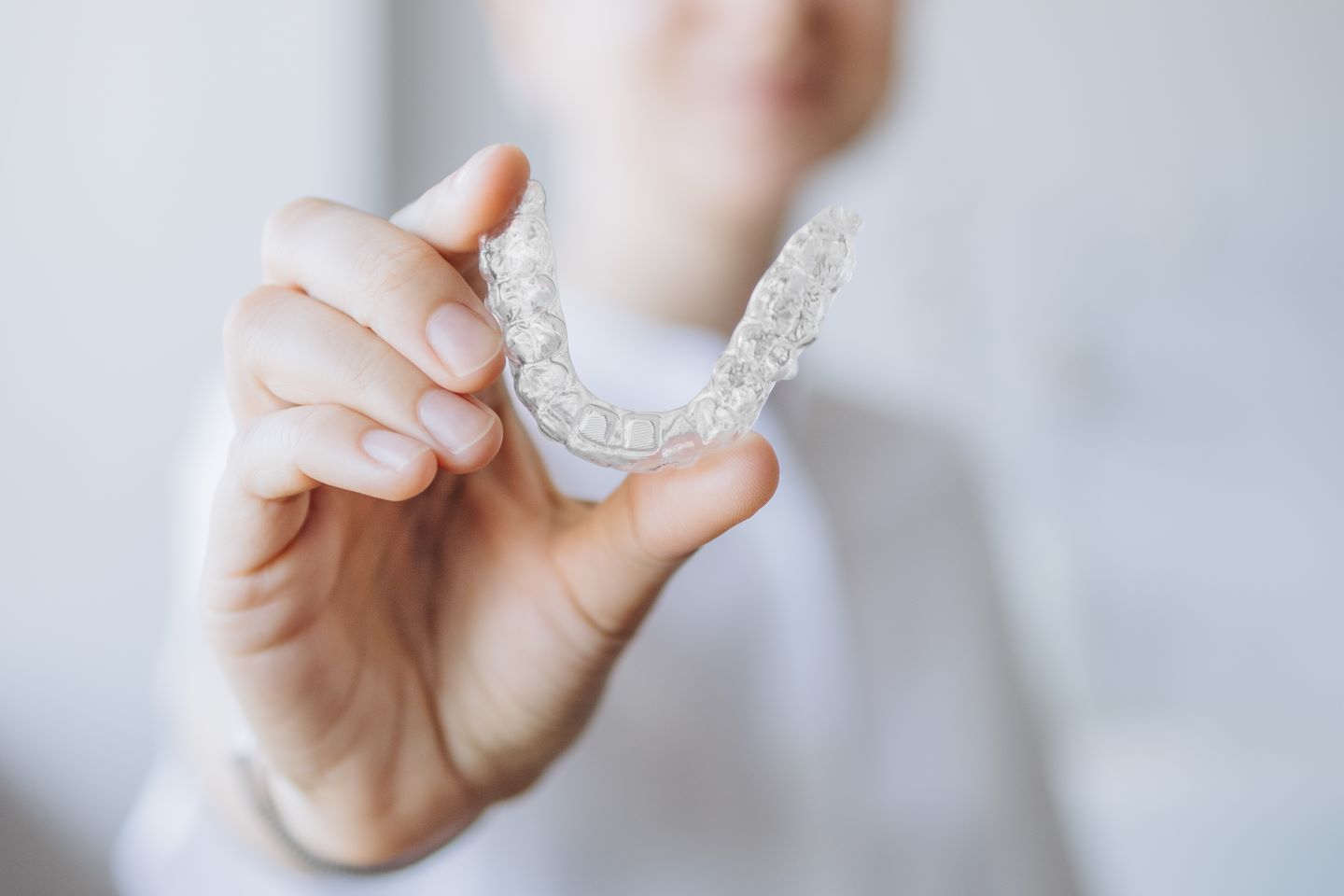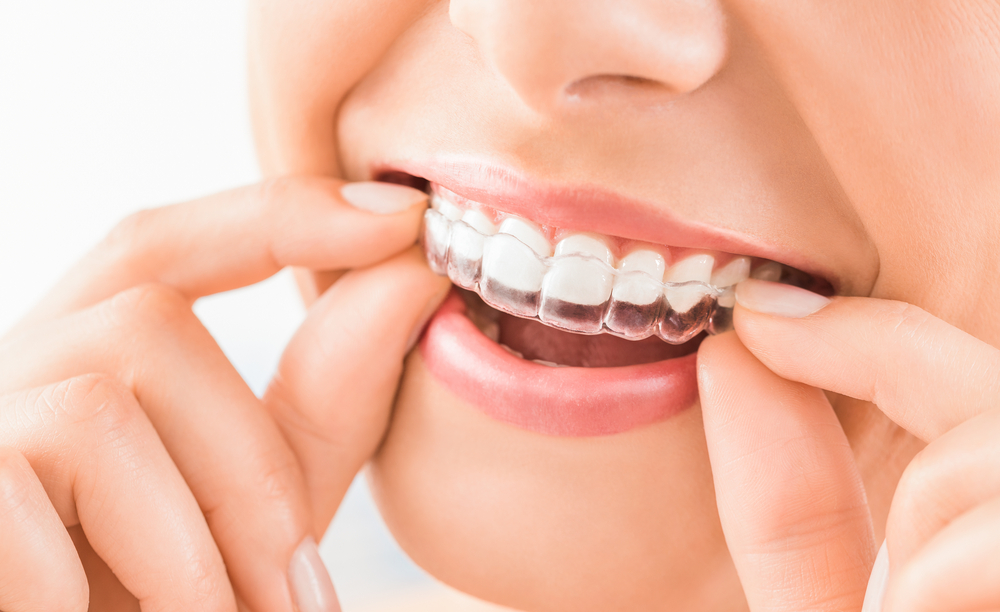If you’re looking for ways to straighten your teeth, you likely have some apprehension at the idea of getting traditional braces. For many years, Invisalign aligners have outpaced metal braces as the treatment of choice for a straighter, brighter smile. That’s because there are many benefits of Invisalign that you may not even be aware of! Here’s what to know about Invisalign aligners and how South Meadows Dental & Orthodontics can help.
Reduced Discomfort
Wearing braces can be uncomfortable for many reasons. It’s common for the metal pieces to pinch and pull, creating discomfort. Tightening the brackets and wires can also cause achiness and discomfort. Invisalign treatment gets around these concerns by being made of smooth, biocompatible material that doesn’t irritate the sensitive tissues of the mouth. Additionally, there’s no tightening involved. For many patients, Invisalign can be a significantly more comfortable and enjoyable orthodontic treatment.
Better Oral Hygiene
Traditional braces are famous for bacteria and food particles becoming trapped in the brackets and metal pieces. For some patients, braces can increase their risk of periodontal disease and tooth decay for this reason. Invisalign is a series of removable aligners that can be easily taken out and washed for more intensive brushing and flossing. With Invisalign, you can straighten your teeth while still preventing important dental issues.
Better Cosmetic Appearance
One of the main factors that turns people away from traditional braces is their high visibility. Living with wire braces for several months can be embarrassing, especially for adult patients. Wire braces can make patients feel self-conscious and reluctant to stick to treatment. Invisalign trays are virtually invisible, meaning there’s no detectable change to your smile. This means you can keep your self-confidence and restore your teeth at the same time.
Fewer Crowded Teeth
Crowded teeth can bring about many dental issues, including gum disease, cracking, chipping, tooth decay, discomfort, and much more. These issues can compound and become expensive and dangerous to your health – and they’re not easy to treat, either. Although wire braces also treat this issue, you may need to wear a retainer to prevent the teeth from shifting back. Invisalign can be much more comfortable and effective at preventing shifting, especially if you dislike the idea of having to wear a metal retainer. Invisalign can straighten the teeth and allow you to chew properly, smile with confidence, and stay healthy for years to come.
Easier Lifestyle
Wire braces come with unfortunate changes to your lifestyle. They typically require you to avoid sticky foods, hard foods, and more, as well as spend time cleaning them every night. Invisalign means you can simply remove your aligners to eat, rinse them, and put them back in to maintain your treatment. Not only can this mean better oral health, but it can help you enjoy the things you love without having to worry about metal brackets.
Invisalign in Reno, NV
Invisalign clear aligners are the most state-of-the-art way to achieve a better, healthier smile. To meet with our team and learn more, schedule an Invisalign consultation at South Meadows Dental & Orthodontics by calling or filling out our online form.


